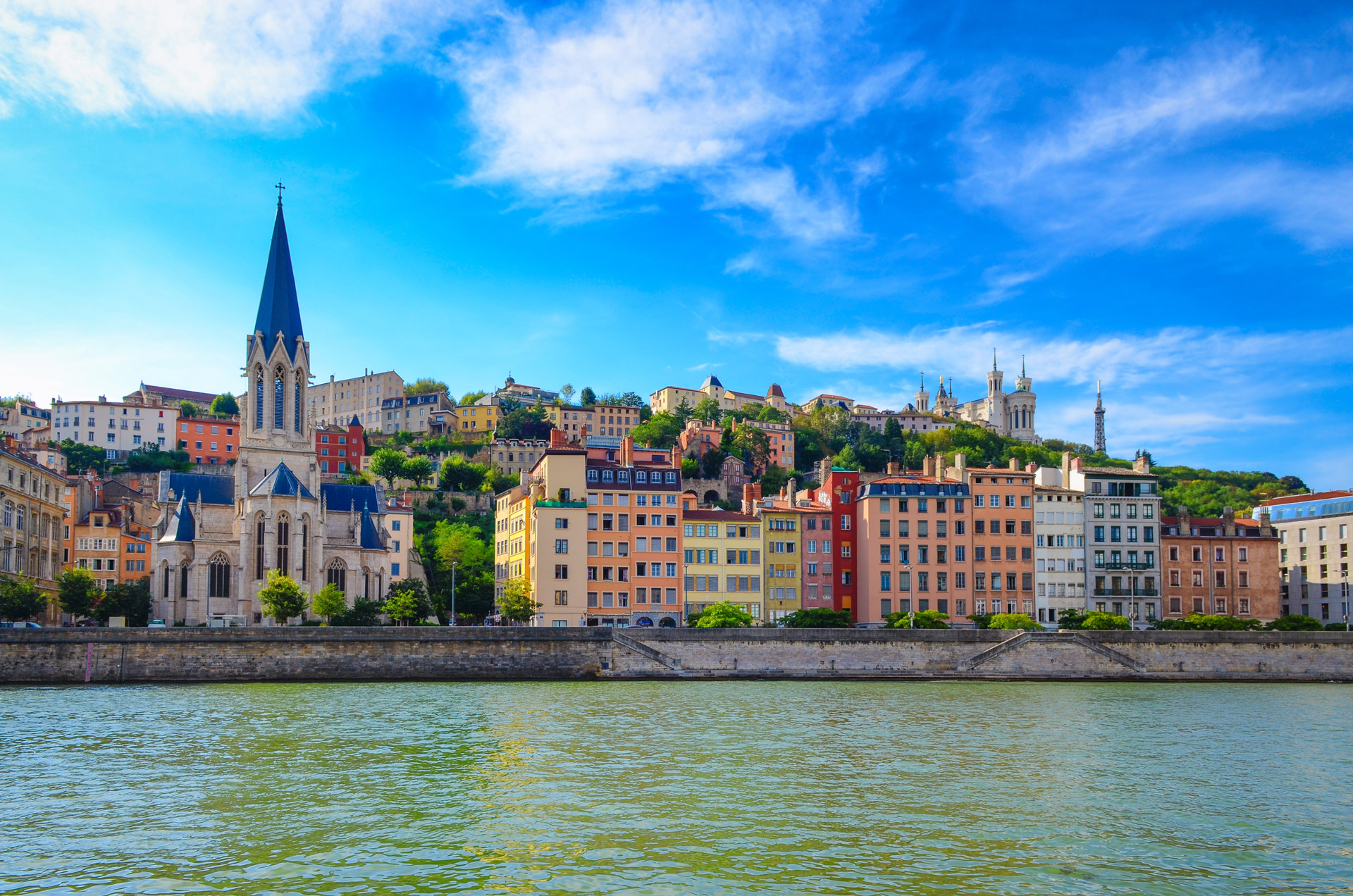- English: en.visiterlyon.com
- German: de.lyon-france.com
- Italian: it.lyon-france.com
- Spanish: es.lyon-france.com
- Japanese: jp.lyon-france.com
- Other languages
Other languages
Visit Lyon
Our website is also available in these other languages:

Vieux Lyon
Visit Lyon
Our website is also available in these other languages:
